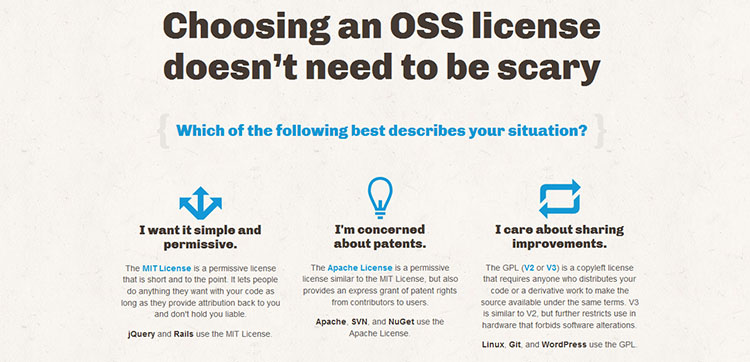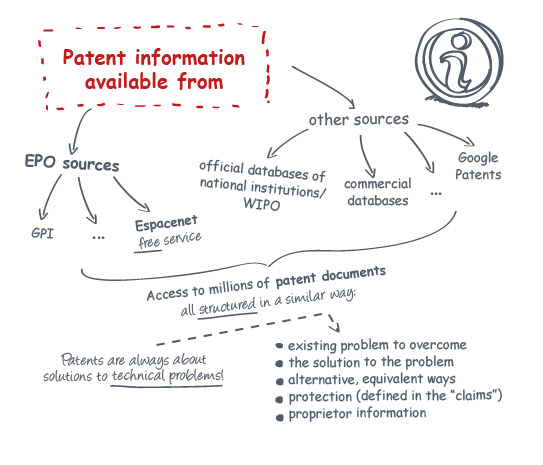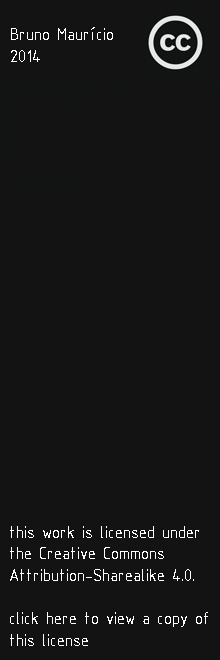
I've now some education on patenting and how to file a patent. Here you can download a template in LaTeX fo filing a patent. Well, people study this like scintist, you must be sure of your implications before filing. Now i'm a finalist of the EDP inovação 2014, so my business model will be something low cost, and the market will be the benfit of freemium acessability. Being an opensource design, software are the market you want to archive

As your research project develops, you will find yourself being a stakeholder of the intellectual property (IP) system in a knowledge-based economy. Commercialisation of the outcome of the project may be an option for the future, but you shouldn't disregard the development phase, as it is also one with important potential. In the development phase you will generate plenty of confidential information: texts, lists of contacts and potential costumers, a particular shape or design, a brand or a business plan. This all is considered IP that you may well want to protect before others do so, in order to be able later on to distinguish your product or service from the rest on the market. You could do so using a variety of IP rights which we will mention in more detail later. It's true that most of these are cost factors. But possessing a registered IP right can help you increase demand for your products and services, because they get known to consumers and competitors in a specific, differentiated way. Also, an IP right that you own can help you to attract investors, since more often than not it is considered an asset that lenders would recognise. That means that in today's knowledge economy, IP in general and patents in particular are regarded not only as a means of protection, but as assets that are used to attract investment, customers and business partners. Strictly speaking, a patent does not give you the right "to commercialise your idea"; rather, it confers on the owner the "right to exclude others from making, using, selling, offering for sale, or importing the patented invention" as long as patent protection is in force. As a limited property right granted by a sovereign state, patents may be - like any other property - sold, licensed, mortgaged, transferred, given away or even abandoned. From a business perspective this means as many possibilities to make money with patents, because they create business opportunities. We have already come across the other important aspect of the patent system, namely the "making public" of the technical solutions for which protection is sought. The fact that patent offices have the duty to make this information publicly available provides for additional business opportunities, as they thereby supply information on the state of the market and competitors' developments.

You can find the patent documentation you are interested in via various websites. The collection offered by the EPO via its Espacenet service is one of the most complete. As indicated, there are millions of documents available, and hence they are classified and organised according to different systems. In order to understand them you must, however, be familiar with how these documents are structured. At first glance, any patent document is written in a very different form from a scientific paper. Patent documents have a structure which revolves around what is called an invention. As such, there is no explicit legal definition of it, but it is safe to consider that an invention is a solution to a technical problem. In the next chapter you will find out more about the definition of the technical problem per se. As a rule, however, the logic underlying a patent document is simple and easy to follow: a statement of the existing problem to solved, based on the background art the solution to the problem in terms sufficient to encompass all particular embodiments, and one or more alternative, equivalent ways (from the solution perspective) to carry it out; the intended or granted protection is defined in what are called “the claims”. For more on the matters discussed here, take a look at the material listed below.
As indicated, this information is useful for finding the existing knowledge. Starting from there, you could then embark on a research project, with the aim of finding out something new (possibly revolutionary) in the particular field. We have mentioned before that this may end up being an invention eligible for a patent. In saying this, we should point out that inventions may be patentable only if they are new, i.e. not known. This is one of the named "patentability criteria": an invention must be new and inventive, as well as having some kind of application, i.e. industrial applicability. While in the starting phase of a research project this is of little concern, it is good to have it in mind, because it is reflected in the documents as well: when describing the solution, you should formulate it so that novelty and non-obviousness are supported by the existing documents that are known to you. Summing up: patent documents describe inventions as solutions to a technical problem, said solutions not existing in the known state of the art (published documentation) and being non-obvious to a person reading the document. That is how you will find the information structured. Bear in mind as well that for a patent application to obtain a grant, the subject-matter needs to be new, i.e. not even you should have published it before applying. We'll come back to this in a future chapter. For more on the matters discussed here, take a look at the material listed below.
How do I use this information for my project?

As indicated, this information is useful for finding the existing knowledge. Starting from there, you could then embark on a research project, with the aim of finding out something new (possibly revolutionary) in the particular field. We have mentioned before that this may end up being an invention eligible for a patent. In saying this, we should point out that inventions may be patentable only if they are new, i.e. not known. This is one of the named "patentability criteria": an invention must be new and inventive, as well as having some kind of application, i.e. industrial applicability. While in the starting phase of a research project this is of little concern, it is good to have it in mind, because it is reflected in the documents as well: when describing the solution, you should formulate it so that novelty and non-obviousness are supported by the existing documents that are known to you.
Summing up: patent documents describe inventions as solutions to a technical problem, said solutions not existing in the known state of the art (published documentation) and being non-obvious to a person reading the document. That is how you will find the information structured.
Bear in mind as well that for a patent application to obtain a grant, the subject-matter needs to be new, i.e. not even you should have published it before applying. We'll come back to this in a future chapter.
For more on the matters discussed here, take a look at the material listed below.
|
Want to know more?
Types of invention
Requirement and concept of novelty as defined in the EPC Theory of inventive step and the problem-solution approach of a European patent application |
||
look up at the business model canvas, it's a great help. for my project, i would chose a freemium (free+premium) strategy, keeping it opensourse, and free, selling extra benefits and customized guis for the product
